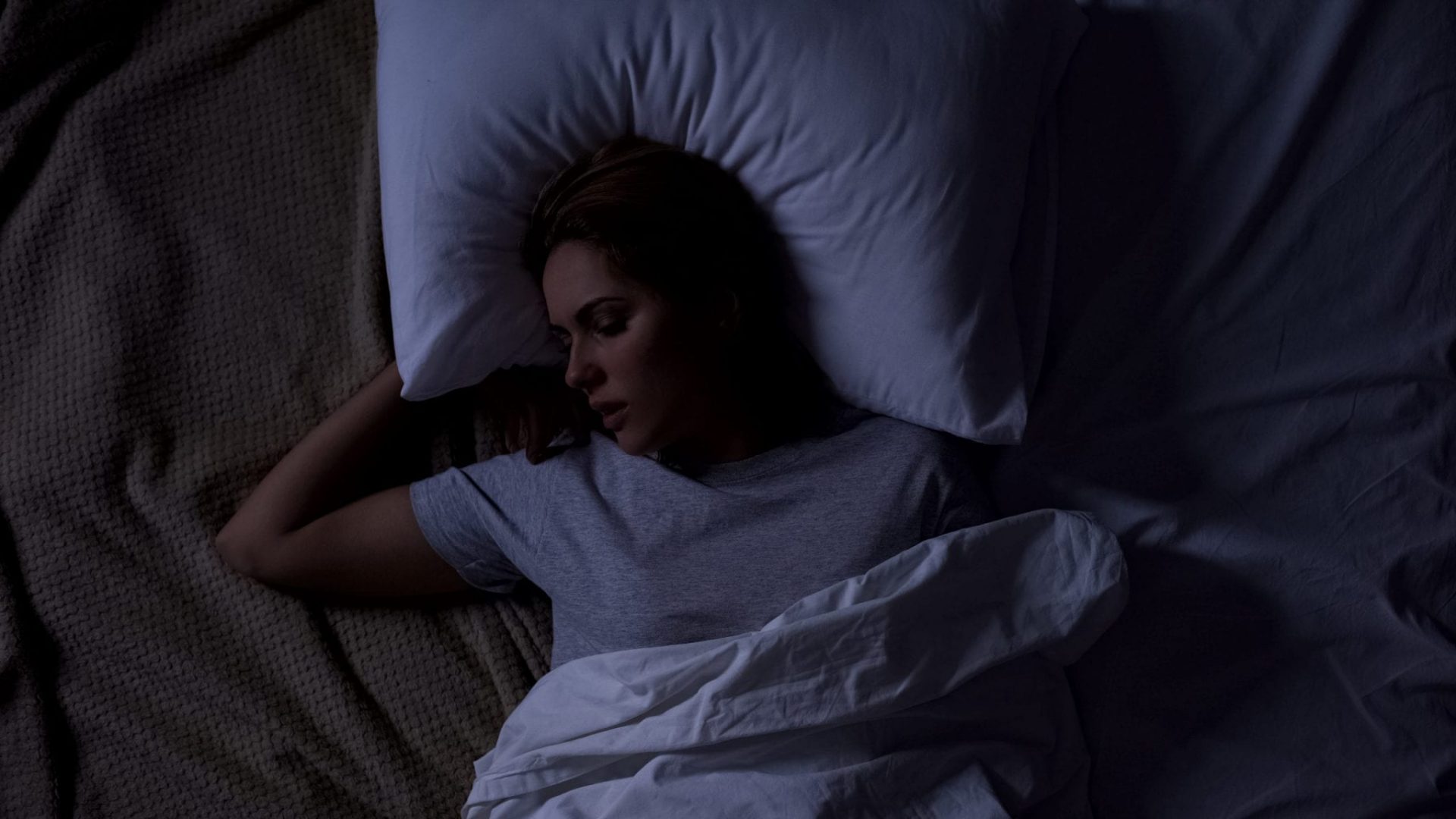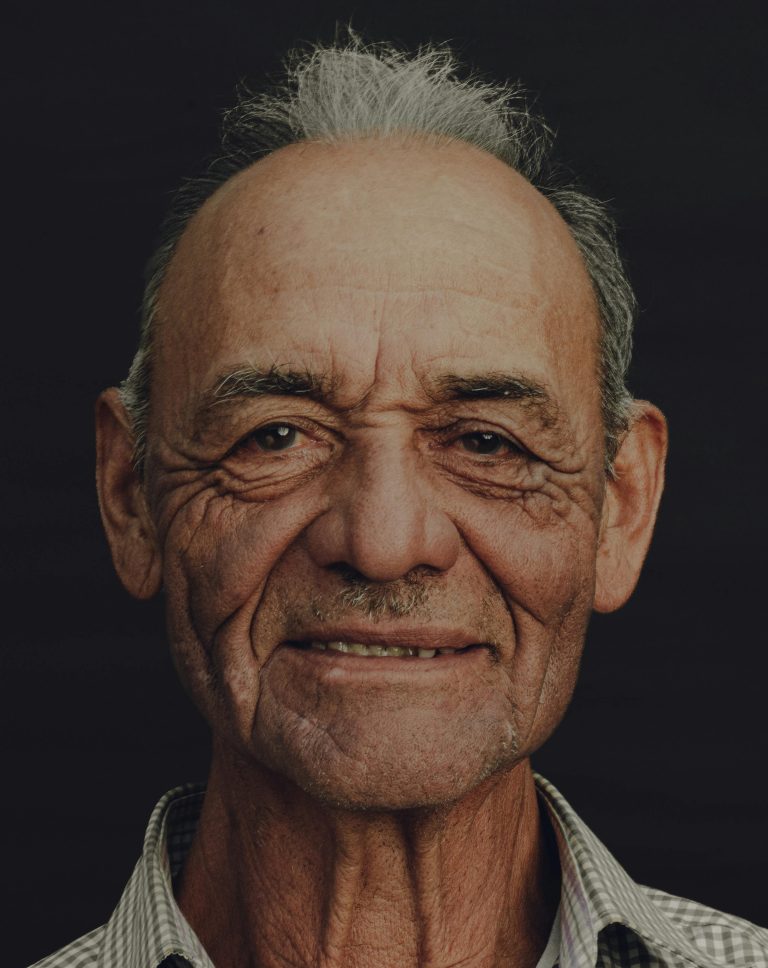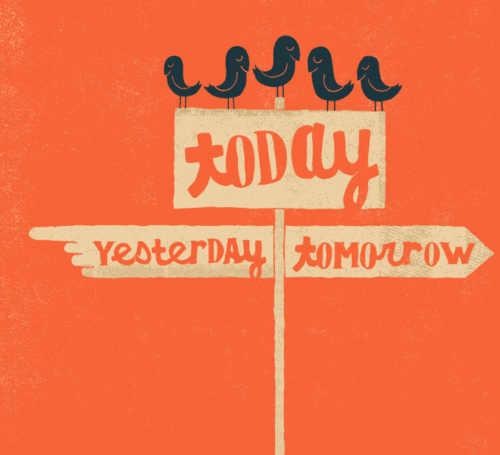What is sleep paralysis?
Sleep paralysis is a type of parasomnia (sleep disorder) that can be described as a “brain glitch” between sleeping and being awake. An episode of sleep paralysis may occur after falling asleep or waking up and is characterized by a temporary inability to move (atonia). Frequently troubling hallucinations or a sensation of suffocation may also occur.
How does it happen?
During the REM stage of sleep (Rapid Eye Movement) is when all the dreaming occurs: as dreams may be intense, our body prevents us from acting our dreams out by releasing some neurochemicals that cause a temporary paralysis. Under normal circumstances, this paralysis ends upon waking up, so we never become conscious of this inability to move. Sometimes, this mechanism fails –our brain wakes up while still under REM paralysis. The result is a mixed state of consciousness that blends both wakefulness and REM sleep (dreams “spill over” into waking consiousness, like a dream coming alive before your eyes) (Jalal, 2020).
What does it feel like?
The most fundamental symptom of a sleep paralysis episode is atonia: shortly after falling asleep or waking up, a person feels awake and is aware of this loss of muscle control. (Suni, 2022).
Approximately, 75% of episodes include hallucinations that differ from usual dreams (Denis, 2018). A person may experience intruder hallucinations (the perception of a dangerous person or presence in the room), chest pressure hallucinations (a feeling of suffocation that frequently occurs along with intruder hallucinations) or vestibular-motor hallucinations (a sensation of movement, such as flying, or an out-of-body experience). This last type of pleasant hallucination is observed in only 10% of the episodes. The explanation for this is that the feeling of paralysis is often quite distressing, making the perception of the episode more negative.
Interestingly, the experience of an episode is greatly affected by the cultural background and beliefs regarding such episodes. It has been shown that hallucinations are interpreted differently around the world. For cultures where scary myths and superstitions around these episodes are widely accepted, hallucinations are interpreted through the lens of fear. This has correlated with higher reported fear and anxiety regarding the episodes, but also higher frequency if the episodes (Jalal, 2020).
What is the treatment for sleep paralysis?
A first step in treating it is to talk to a doctor who can assess and tackle any underlying health problems that may aggravate the occurrence of the episodes (e.g. narcolepsy, sleep apnea).
Overall, there are very limited evidence-based treatment options for sleep paralysis. Research has shown an association of poor sleep quality and increased odds of episodes (Denis, 2018). Because of this connection with other sleep issues, the improvement of sleep hygiene is usually the focus of preventing sleep paralysis. This entails changes to a person’s bedroom and daily habits that have an impact on sleep.
If you think that you can benefit from professional support on this issue you can reach out here.
Elena Marinopoulou is a Behaviour Analyst with Willingness Team. She works with children and adults and has a strong interest in parent training, sleep and feeding issues emerging during childhood, as well as Acceptance and Commitment Therapy.
References
Denis, D. (2018). Relationships between sleep paralysis and sleep quality: current insights. Nature And Science Of Sleep, Volume 10, 355-367. doi: 10.2147/nss.s158600
Jalal, B. (2020). Sleep Paralysis and the Monsters Inside Your Mind. Retrieved 28 January 2022, from https://www.scientificamerican.com/article/sleep-paralysis-and-the-monsters-inside-your-mind/
Suni, E. (2022). Sleep Paralysis: Causes, Symptoms, and How to Stop it | Sleep Foundation. Retrieved 28 January 2022, from https://www.sleepfoundation.org/parasomnias/sleep-paralysis






